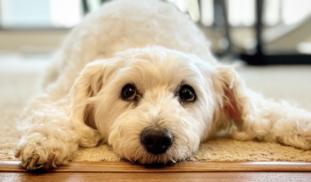Please wait...
About This Project
At the Thinking Dog Center, we investigate how dogs interpret the world around them. We've been asking the question "are dogs susceptible to illusions?" The goal of this project is to involve community scientists, and their furry friends, in at-home illusion experiments to help us answer this question, and also to study citizen science data quality and generalizability in dog cognition.

Browse Other Projects on Experiment
Related Projects
Do primate mothers grieve?
Do primates understand death? Can they grieve? When a primate baby dies, often the mother will carry its...
Does increasing enrichment complexity for bears encourage them to work harder for their food?
Food abundance, delivery schedules, and other external factors affect animal behavior in zoos, especially...
Cat and Human Personality Interaction Project
Millions of cats that enter US animal shelters every year are euthanized. Currently, there is little scientific...




